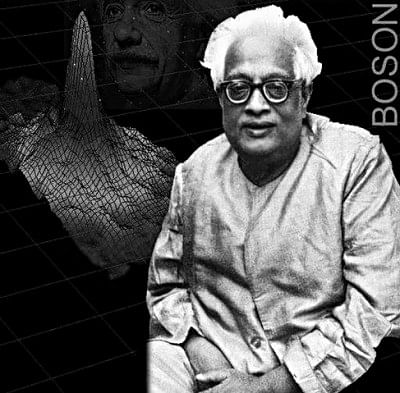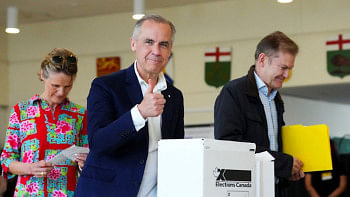The father of boson

S.N Bose was born on January 1, 1894 in Calcutta. His father Surendra Nath Bose was employed in the Engineering Department of the East India Railway. He was the eldest of his seven children. Bose had his schooling from Hindu High School in Calcutta. He was a brilliant student. He passed the ISc in 1911 from the Presidency College, Calcutta securing the first position. He did his BSc in Mathematics from the Presidency College in 1913 and MSc in Mixed Mathematics in 1915 from the same college. He topped the university in BSc. and MSc. Exams.
In 1916, the Calcutta University started M.Sc. classes in Modern Mathematics and Modern Physics. S.N. Bose started his career in 1916 as a Lecturer in Physics in Calcutta University. He served there from 1916 to 1921. Then, he joined the newly established Dhaka University in 1921 as a Reader in the Department of Physics. While explaining a concept of quantum theory in a lecture, he made a mistake. But later on, he thought he hadn't made a mistake but was quite right, because it explained some facts which the older theory could not. He wrote down his thoughts as a scientific article. But journals refused to publish it, because they said it was a mistake. Frustrated, he sent his paper to Albert Einstein. Einstein agreed that it wasn't a mistake but the truth. Einstein appreciated it so much that he himself translated it into German and sent it for publication to a famous periodical in Germany - 'Zeitschrift fur Physik'. The hypothesis received a great attention and was highly appreciated by the scientists. It became famous to the scientists as 'Bose-Einstein Theory'. S.N. Bose and Albert Einstein together developed many of the principles that apply in quantum physics. These are together known as Bose-Einstein Statistics. While this science is quite difficult, it makes an interesting prediction. It says that atoms, when cooled to a temperature close to absolute zero (-273.15°C), will collapse into a new state of matter. This is called the Bose-Einstein Condensate (BEC). And finally they were able to propose a theory for the specific properties of objects at temperature close to Absolute Zero. This was known as "Bose Einstein Condensate". A Bose Einstein Condensate is a dense collection of "Bosons". When you are making a Bose-Einstein Condensate all the individual atoms disappear. Instead what you get are the subatomic particles, all becoming bosons. So whatever substance you make a BEC out of, all BECs are exactly the same a collection of bosons. And these Bosons are named after S.N. Bose only. The physics fraternity has made the name of Bose immortal by naming the particle as Bosons This made Bose very famous, and he got invites from European physicists to visit them. And he travelled to Europe in 1924-26.

 For all latest news, follow The Daily Star's Google News channel.
For all latest news, follow The Daily Star's Google News channel. 



Comments